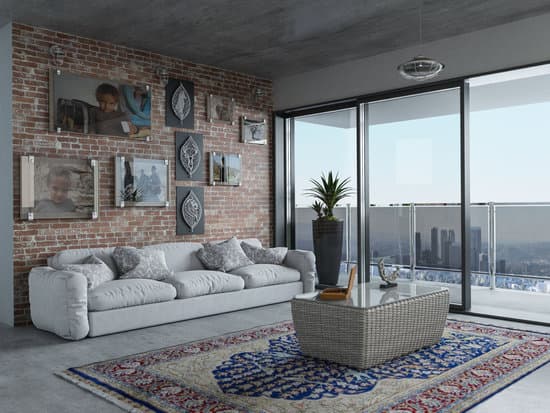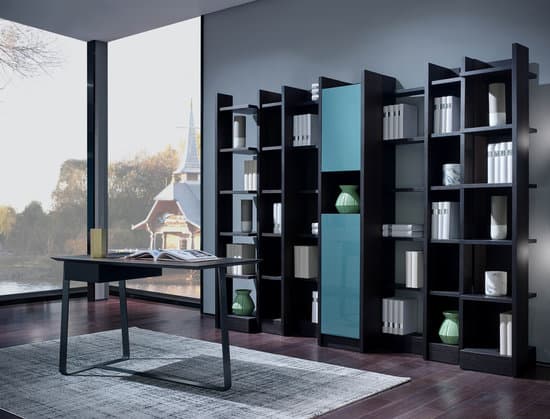Futurism is a style of design that emerged in Italy at the beginning of the 20th century. It rejected classical forms and embraced modern technology, emphasizing speed, dynamism, and energy. Futurist painting was a blend of cubism and neo-impressionism, characterized by vibrant colors, bold lines, and multiple perspectives. The movement was fascinated by the idea of progress and the possibilities of the future, which was reflected in the art produced.
Some of the key features of futurism style of design include:
Dynamic composition: Futurist art was characterized by the depiction of movement and speed in a composition.
Bold shapes and colors: The use of vibrant colors and sharp, angular shapes was common in futurist art, reflecting the energy and vitality of modern life.
Multiple perspectives: Futurist artists often depicted a single object or scene from multiple angles at the same time, creating a sense of movement and dynamism.
Emphasis on technology: Futurism celebrated modern technology, including cars, airplanes, and other machinery. This was reflected in the subject matter of many paintings.
The futurism movement had a significant impact on the world of design and art, influencing everything from advertising to fashion. Its legacy can still be seen today in the work of contemporary designers and artists who continue to embrace the dynamic, forward-thinking spirit of futurism.





















